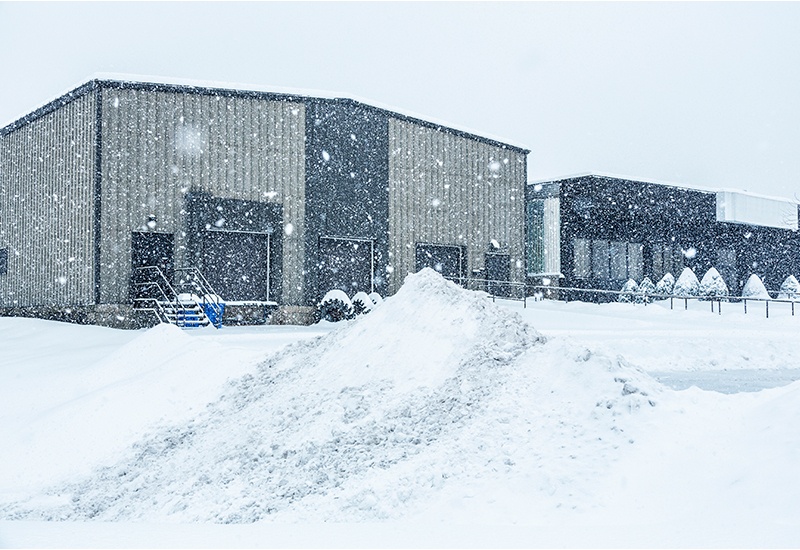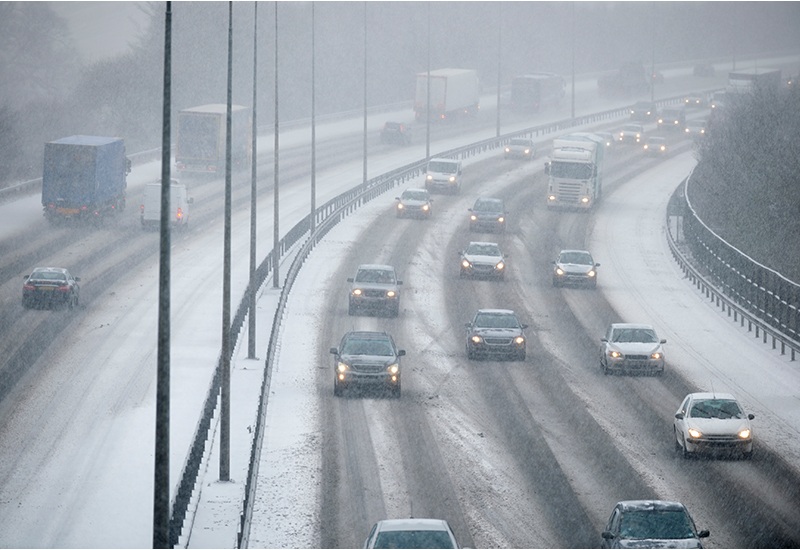How to Write a Health & Safety Risk Assessment for Winter Weather

While most of us agree that snow is picturesque, adverse weather conditions can have a catastrophic effect on businesses that do not have contingency plans in place. Consequently, at this time of year it’s important to ensure you’ve completed a risk assessment for winter weather to protect your employees, customers, and the public-at-large.
What does the law have to say around cold weather?
The HSE’s Approved Code of Practice (ACoP) L24 for the Workplace (Health, Safety and Welfare) Regulations (ACOP 12 paragraph 116) explicitly refers to snowy and icy conditions:
“Arrangements should be made to minimise risks from snow and ice. This may involve gritting, snow clearing and closure of some routes, particularly outside stairs, ladders and walkways on roofs.”
Treat a risk assessment for winter weather in the same way as any other workplace risk
You need to assess the risks posed by ice, frost and snow in the same way you would all other workplace risks. Next you need to implement appropriate systems and controls.
The unpredictability of the weather adds an element of uncertainty. Consequently, it’s crucial to plan ahead and monitor any warning signs that conditions may change.
The HSE’s online guidance stresses the importance of:
- **Identifying outdoor pedestrian areas most likely to be affected by ice**, such as building entrances, car parks, pedestrian walkways, short cuts, sloped areas and areas constantly in the shade
- **Monitoring the weather forecasts**; you need to act whenever freezing temperatures are forecast, so keep up-to-date by visiting Met Office website
- **Implementing procedures to prevent an icy surface forming** and for keeping pedestrians off a slippery surface, which may include:
- Gritting
- Clearing snow and ice
- Diverting to less slippery areas
- Signs (remember to remove the signs once the hazard has gone or people do not see the signs)
- Others as may be required on your site
Other things to consider
Other things to think about when planning for cold weather is whether you need to take extra steps to protect vulnerable groups. For example, disabled people or new and expectant mothers. You should reduce on-site speed limits and/or improve segregation between vehicles and pedestrians.
Next steps
If you require additional support please contact our Health and Safety Team on 0345 184 4615.
In addition, if you’re interested in finding out more about our Health & Safety Services you can contact us or download our brochure.



